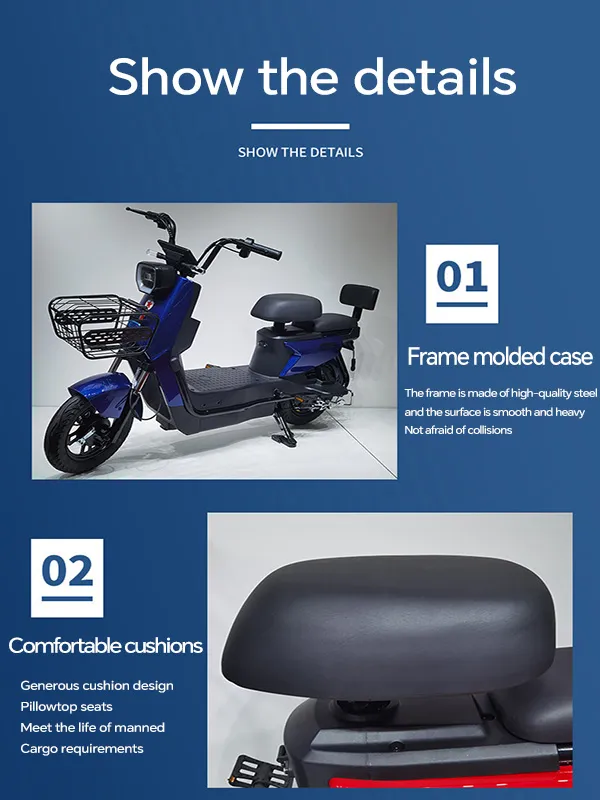11 月 . 02, 2024 11:13 Back to list
adjust derailleur on mountain bike
How to Adjust the Derailleur on Your Mountain Bike
Maintaining your mountain bike is essential for optimal performance, and one of the critical components to keep in check is the derailleur. The derailleur is responsible for shifting the chain between gears, ensuring a smooth transition as you tackle various terrains. Here’s a guide on how to adjust the derailleur on your mountain bike to ensure you can ride efficiently and enjoyably.
Understanding the Derailleur
Before diving into adjustments, it's helpful to understand the components of the derailleur. The derailleur consists of two main parts the front derailleur, which shifts the chain between the front chainrings, and the rear derailleur, which shifts the chain across the rear cassette. The adjustment process can vary slightly depending on the type of derailleur and the number of gears, but the principles are generally the same.
Tools Needed
To adjust your derailleur, you'll need a few basic tools - A Phillips screwdriver or a flat-head screwdriver (depending on your derailleur) - An Allen wrench set (for the screws on the derailleur) - A bike stand (optional but helpful) - Your bike’s user manual (for specific specifications)
Steps to Adjust the Rear Derailleur
adjust derailleur on mountain bike

1. Check the Basics Before making adjustments, ensure the derailleur and cable are clean and free from obstructions. Check for any damage to the derailleur or cables, as this could affect performance.
2. Set the Limit Screws There are two limit screws on the rear derailleur, marked with H (high) and L (low). The high limit screw determines how far the derailleur can move towards the smallest cog. The low limit screw controls the movement towards the largest cog. Shift into the smallest chainring and the smallest cog, then adjust the high limit screw so the derailleur aligns perfectly with the cog. Repeat the process for the low limit screw while shifting into the largest cog.
3. Adjust the Cable Tension If your bike is having trouble shifting up or down, the cable tension may need adjustment. To adjust, shift into the middle gear and inspect how the derailleur reacts. Turn the barrel adjuster on the derailleur or at the shifters to increase or decrease tension until you achieve smooth shifts.
4. Fine-tune the B-tension Screw The B-tension screw adjusts the distance between the upper jockey wheel (the pulley) and the cassette. If there is too much distance, shifting can be sluggish. If it’s too close, it may not shift properly. Adjust this screw until you achieve an optimal distance while keeping functionality smooth.
5. Test Your Adjustments After making adjustments, take the bike for a test ride. Shift through all gears and check for any hesitations or misalignments. Make further small adjustments if necessary.
Conclusion
Adjusting the derailleur on your mountain bike is a straightforward task that can greatly enhance your riding experience. Regular maintenance not only prolongs the life of your bike but also ensures that you can rely on it through challenging trails. By following these steps, you will ensure that your shifts are smooth, precise, and reliable, making each ride enjoyable. If you encounter persistent issues, consider consulting a professional bike mechanic for further assistance.
-
The Main Application Scenarios of Mountain Bike
NewsOct.29,2024
-
Suggestions for Selecting and Maintaining Mountain Bike
NewsOct.29,2024
-
Characteristics of Kids Balance Bike
NewsOct.29,2024
-
Characteristics of Baby Stroller
NewsOct.29,2024
-
Characteristics and Advantages of Mountain Bike
NewsOct.29,2024
-
Baby Stroller Purchasing Suggestions
NewsOct.29,2024
-
Suggestions for Purchasing Kids Balance Bike
NewsOct.09,2024

